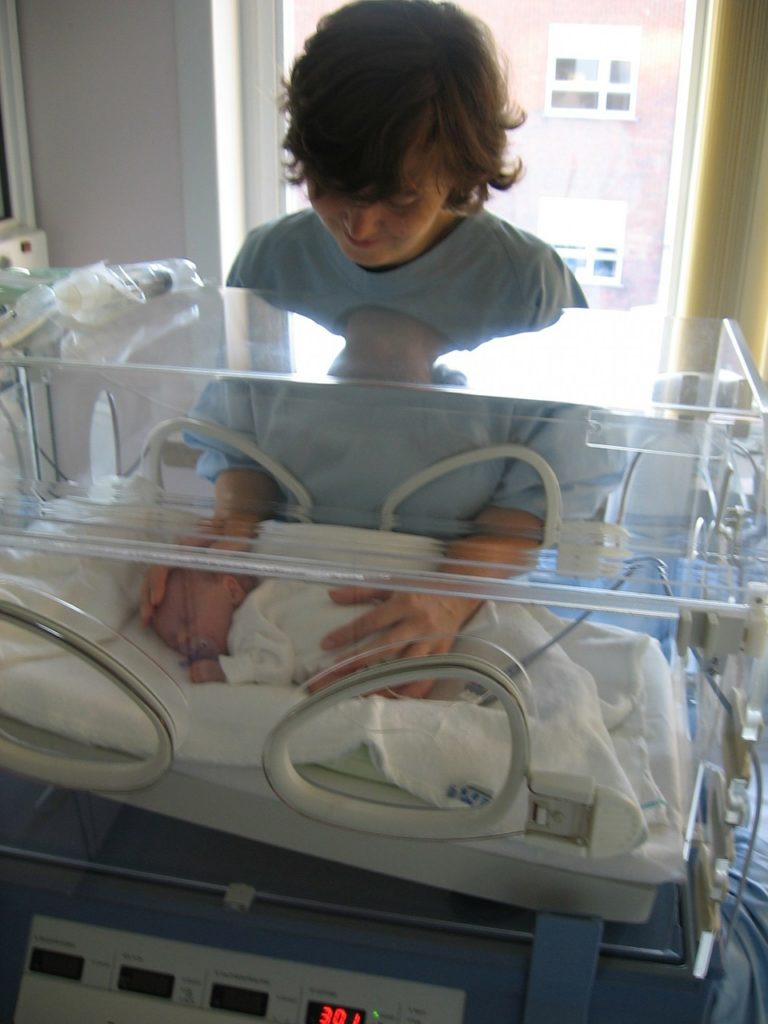Do you have an oversupply of breast milk and an interest in helping moms and babies in need? This article will help you understand what the common requirements are for donating breast milk, what to expect when donating to a human milk bank and a list of regulated milk banks around the world so that you can find the one closest to you!
What Happens at a Milk Bank?
Most milk banks around the world are non-profit organisations which rely on funding from sponsors to run their program. Milk banks take in screened, donated breast milk which are then pooled together and pasteurized using the Holder method.
Samples of pasteurized breast milk are then taken and tested for microbial growth, and any positive results are discarded. The pasteurized breast milk is packaged and transported frozen. Most milk banks provide donated breast milk only to hospitalized infants who have a prescription, as these infants are typically the most in-need.
Milk banks do not provide compensation to donating mothers, but some do pay a nominal amount or provide the donating mother supplies such as breast milk storage bags.
Benefits of Donating Breast Milk to Premature & Ill Infants
- Preterm infants who are fed their mother’s own and donor milk have improved outcomes, a reduction in their length of hospital stay and reduced likelihood of developing necrotizing enterocolitis (NEC), a potentially fatal illness common in premature infants (Wight, 2001).
- A systematic review and meta-analysis of formula vs donor milk found that infants who drank only donor milk were 80% less likely to develop NEC (Boyd et al., 2007).
- Increased rates of breast milk feeding at discharge from the NICU (Kantorowska, et al., 2016)

Am I a Candidate to Donate Breast Milk?
Although each milk bank have different processes and forms to screen potential donors, there are a few similar requirements. In order to qualify, you:
- Are a healthy mom breastfeeding your baby, who is less than 12-18 months old (the composition of breast milk changes as your child ages, and most donated milk is given to newborn infants)
- Are not taking medications or drinking alcohol regularly (some medications are safe, so make sure you ask before deciding whether to donate or not)
- Do not smoke or take illegal drugs
- Have not received blood products, acupuncture or a tattoo in the last year
- Are willing to have your primary care provider complete some paperwork, and to have some blood work taken to test for HIV and other blood-borne illnesses
- Have the time and energy to donate your breast milk!
If it sounds like becoming a breast milk donor is a possibility for you, find your closest milk bank below for more information.
Tips for Donating Breast Milk
- Many moms find that the amount of required breast milk to donate can be easily reached by adding in one extra pumping session per day. You may find it easiest to pump after your first-morning feeding session and prepare your pump kit the evening prior.
- Adding this extra pumping session shortly after birth will help regulate your supply to include your donation.
- Donating breast milk will be easier with an electric breast pump, preferably a double. Check with your insurance provider if breast pumps are covered, or you can look for a breast pump rental station.
- Some milk banks will take frequent, small amounts of breast milk, while others prefer a larger quantity all at once.
- You will need to use a clean technique while pumping to reduce the risks of passing on harmful pathogens to premature or ill infants. The milk bank you are working with will have specific instructions for this.
- Donated breast milk will need to be placed in either hard BPA-free plastic containers or breast milk freezer bags, and labeled with your name, date, time, and quantity of milk.
- Follow safe storage and handling techniques. You will be able to store expressed breast milk the longest at the back of a stand-alone freezer (stand-up or chest freezer).
- If the health and/or weight of your infant falters at any time, you have breastfeeding concerns, or are overwhelmed with the added responsibility, it is OK to stop or take a break from donating breast milk.
Can I Donate Breast Milk That I Pumped Before Being Accepted as a Breast Milk Donor?
Each milk bank will have more information, but typically once you have been screened and are approved to donate breast milk you can donate the milk you previously pumped. Here are some common requirements:
- Pumped frozen breast milk should be less than six months old and stored in a deep freezer
- You were following the milk bank’s health and medication requirements
- You were using a clean pumping technique that your milk bank finds acceptable
Human Donor Milk Banks
North America
Human Milk Banking Association of North America
South America
Europe
European Milk Banking Association
Australia
Australian Red Cross Service Milk Bank
Africa
Human Milk Banking Association of South Africa
South African Breast Milk Reserve
Thank You for Reading!
Thank you for your interest in donating breast milk to a human milk bank. While the screening process and extra time spent pumping may seem daunting, I can tell you first-hand that donating breast milk to struggling moms & babies is one of the most rewarding experiences.
References
Boyd, C. A., Quigley, M. A., & Brocklehurst, P. (2007). Donor breast milk versus infant formula for preterm infants: Systematic review and meta-analysis. Archives of Disease in Childhood: Fetal and Neonatal Edition, 92, 169-175.
Kantorowska, A., Wei, J. C., Cohen, R. S., et al. (2016). Impact of donor milk availability on breast milk use and necrotizing enterocolitis rates. Pediatrics, 137(3). Retrieved from https://pediatrics.aappublications.org/content/pediatrics/137/3/e20153123.full.pdf
Wight, N. E. (2001). Donor human milk for preterm infants. Journal of Perinatology, 21(4), 249-254.




0 Comments